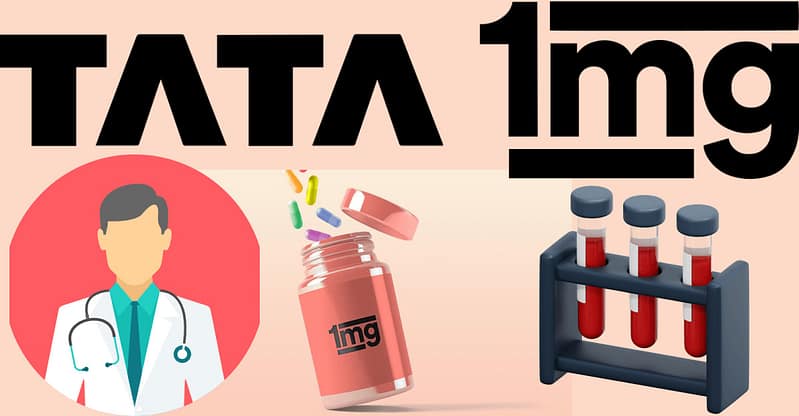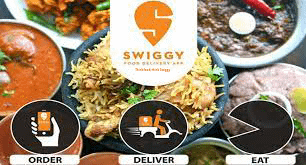US President Donald Trump has signed a new executive order slapping higher tariffs on dozens of trading partners ahead of a Friday trade deal deadline — his latest bid to reshape global trade in favour of US businesses. The higher import duty rates from 10 per cent to 41 per cent are set to start in seven days for 69 trading partners, according to the order.
The duties ranged as high as 41 per cent on Syria, 35 per cent on many goods from Canada, 50 per cent for Brazil, 25 per cent for India, 20 per cent for Taiwan and 39 per cent for Switzerland. This was alongside various levels of duties reflecting trade deals struck between Washington and major partners like the European Union and Japan.
The order said that goods from all other countries not listed in an annex would be subject to a 10 per cent US tariff rate.
More Deals On The Way
Trump’s order said that some trading partners, “despite having engaged in negotiations, have offered terms that, in my judgment, do not sufficiently address imbalances in our trading relationship or have failed to align sufficiently with the United States on economic and national-security matters.”
Officials from the Trump administration told reporters that more trade deals were yet to be announced as Trump’s higher “reciprocal” tariff rates were set to take effect.
“We have some deals,” the official said. “And I don’t want to get ahead of the President of the United States in announcing those deals.”
Canada And Mexico
An exemption for Canadian and Mexican goods entering the country under a North American trade pact remained in place, according to the White House.
The Trump administration issued a separate order for Canada that raises the rate on Canadian goods subject to fentanyl-related tariffs to 35 per cent from 25 per cent previously, saying Canada, the second largest US trading partner after Mexico, had “failed to cooperate” in curbing fentanyl flows into the US.
The higher tariffs on Canadian goods contrasted sharply with Trump’s decision to grant Mexico a 90-day reprieve from higher tariffs of 30 per cent on many goods to provide more time to negotiate a broader trade pact.
Meanwhile, the extension for Mexico avoids a 30 per cent tariff on most Mexican non-automotive and non-metal goods compliant with the US-Mexico-Canada Agreement on trade and came after a Thursday morning call between Trump and Mexican President Claudia Sheinbaum.
Trump said the US would continue to levy a 50 per cent tariff on Mexican steel, aluminium and copper and a 25 per cent tariff on Mexican autos and on non-USMCA-compliant goods subject to tariffs related to the US fentanyl crisis.
“Additionally, Mexico has agreed to immediately terminate its Non-Tariff Trade Barriers, of which there were many,” Trump said in a Truth Social post without providing details.
Brazil
Trump hit Brazil on Wednesday with a steep 50 per cent tariff as he escalated his fight with Latin America’s largest economy over its prosecution of his friend and former President Jair Bolsonaro, but softened the blow by excluding sectors such as aircraft, energy and orange juice from heavier levies.
South Korea And India
South Korea agreed on Wednesday to accept a 15 per cent tariff on its exports to the U.S., including autos, down from a threatened 25 per cent, as part of a deal that includes a pledge to invest $350 billion in US projects to be chosen by Trump.
But goods from India appeared to be headed for a 25 per cent tariff after talks bogged down over access to India’s agriculture sector, drawing a higher-rate threat from Trump that also included an unspecified penalty for India’s purchases of Russian oil.
Although negotiations with India were continuing, New Delhi vowed to protect the country’s labour-intensive farm sector, triggering outrage from the opposition party and a slump in the rupee.
China
Looming over the global economy is also an unresolved trade tussle between the United States and China. Beijing is facing an August 12 deadline to reach a durable tariff agreement with Trump’s administration, after the two largest economies reached preliminary deals in May and June to end escalating tit-for-tat tariffs and a cut-off of rare earth minerals.
Here’s The New Tariff List
| Countries and Territories | Reciprocal Tariff, Adjusted |
|---|---|
| Afghanistan | 15% |
| Algeria | 30% |
| Angola | 15% |
| Bangladesh | 20% |
| Bolivia | 15% |
| Bosnia and Herzegovina | 30% |
| Botswana | 15% |
| Brazil | 10% |
| Brunei | 25% |
| Cambodia | 19% |
| Cameroon | 15% |
| Chad | 15% |
| Costa Rica | 15% |
| Côte d`Ivoire | 15% |
| Democratic Republic of the Congo | 15% |
| Ecuador | 15% |
| Equatorial Guinea | 15% |
| European Union: Goods with Column 1 Duty Rate > 15% | 0% |
| European Union: Goods with Column 1 Duty Rate < 15% | 15% minus Column 1 Duty Rate |
| Falkland Islands | 10% |
| Fiji | 15% |
| Ghana | 15% |
| Guyana | 15% |
| Iceland | 15% |
| India | 25% |
| Indonesia | 19% |
| Iraq | 35% |
| Israel | 15% |
| Japan | 15% |
| Jordan | 15% |
| Kazakhstan | 25% |
| Laos | 40% |
| Lesotho | 15% |
| Libya | 30% |
| Liechtenstein | 15% |
| Madagascar | 15% |
| Malawi | 15% |
| Malaysia | 19% |
| Mauritius | 15% |
| Moldova | 25% |
| Myanmar (Burma) | 40% |
| Mozambique | 15% |
| Namibia | 15% |
| Nauru | 15% |
| New Zealand | 15% |
| Nicaragua | 18% |
| Nigeria | 15% |
| North Macedonia | 15% |
| Norway | 15% |
| Pakistan | 19% |
| Papua New Guinea | 15% |
| Philippines | 19% |
| Serbia | 35% |
| South Africa | 30% |
| South Korea | 15% |
| Sri Lanka | 20% |
| Switzerland | 39% |
| Syria | 41% |
| Taiwan | 20% |
| Thailand | 19% |
| Trinidad and Tobago | 15% |
| Tunisia | 25% |
| Turkey | 15% |
| Uganda | 15% |
| United Kingdom | 10% |
| Vanuatu | 15% |
| Venezuela | 15% |
| Vietnam | 20% |
| Zambia | 15% |
| Zimbabwe | 15% |




















